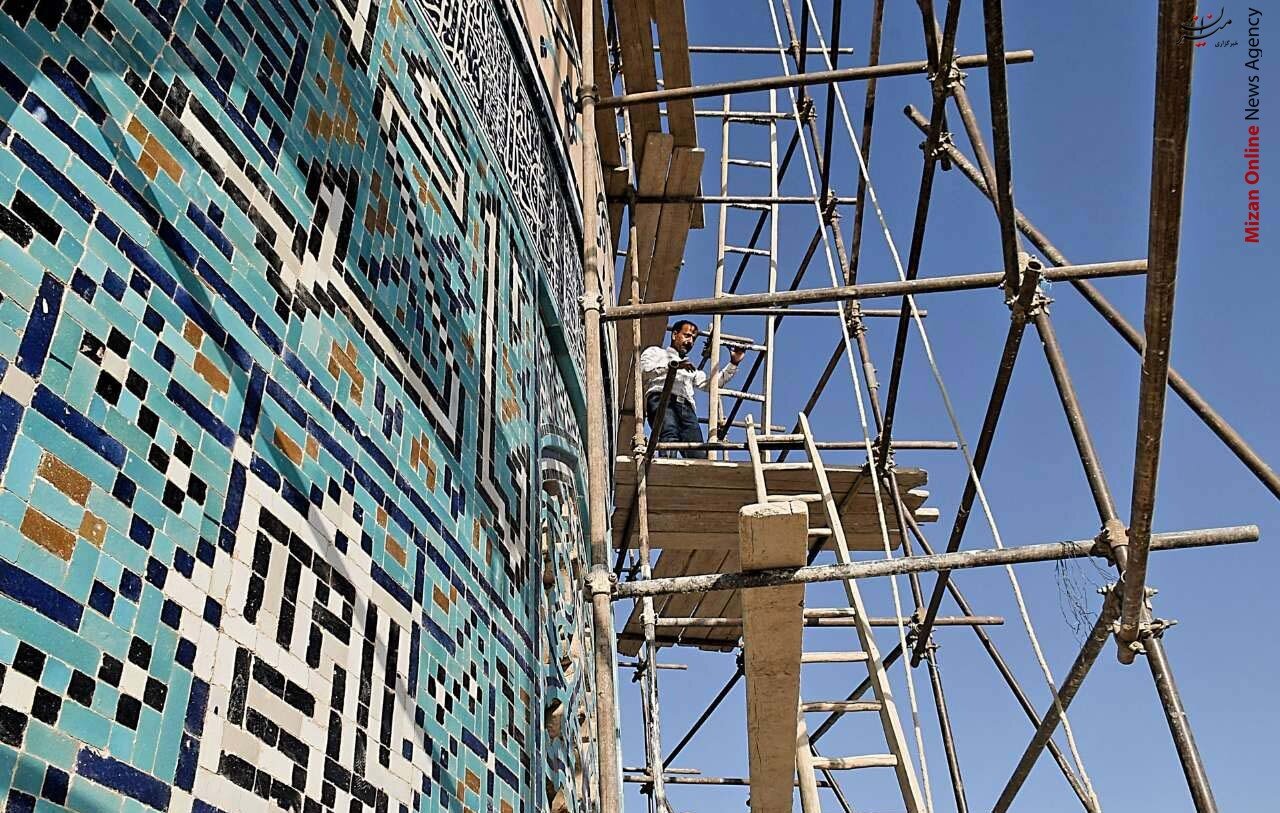Tabriz to host conference on historical property conservation

TEHRAN – The 13th edition of a biennial conference on the conservation and restoration of historical-cultural relics and architectural elements will be held at Tabriz Islamic Art University on May 19 and 20.
Organized by the Research Institute of Cultural Heritage and Tourism, the conference will sharpen the focus on climate change and its impact on cultural heritage.
According to organizers, the conference aims to address persistent droughts, seasonal floods, and microclimatic changes affecting both indoor and outdoor environments of cultural heritage sites in recent years.
It will cover six scientific sessions on climate change and cultural heritage; critique and theoretical foundations; practical conservation and restoration efforts; preventive conservation; ancient and modern materials and technologies; and practical conservation and restoration efforts for architectural decorations and outdoor works.
Subtopics include the gradual drying of Lake Urmia and its consequences for regional cultural heritage, the relationship between climate and culture, the detrimental effects of climate change on cultural heritage, crisis management in the face of climatic hazards, educating and involving local communities in protecting cultural heritage from climate risks, community-based approaches to mitigating climate risks, traditional knowledge and practices of local communities in coping with climate hazards, and sustainable development strategies based on climate resilience.
Organizers said that the biannual event promises to bring together experts, scholars, and practitioners to discuss and develop strategies for the conservation and restoration of cultural heritage in the face of modern challenges.
Last year, Iran’s deputy tourism minister said that the country ranked 5th in the world for the amount of intangible cultural heritage registered by the United Nations Educational, Scientific and Cultural Organization.
As mentioned by the Ministry of Cultural Heritage, Tourism, and Handicrafts, the Islamic Republic firmly adheres to the UNESCO Convention for the Safeguarding of Intangible Cultural Heritage.
A new study reported by Live Science in April suggested the early humans lived on the Iranian Plateau for 20,000 years after leaving Africa.
“As Homo sapiens migrated out of Africa, they left minimal evidence of their movements until resurfacing in Eurasia 20,000 years later. This leaves a puzzling question: where did they reside during this interval?”
According to this well-established hypothesis, the human species, having evolved to its modern form in East Africa some 150,000 years ago, thereafter embarked on populating the entire globe in a stepwise migration process beginning about 70,000–90,000 BP.
AM
